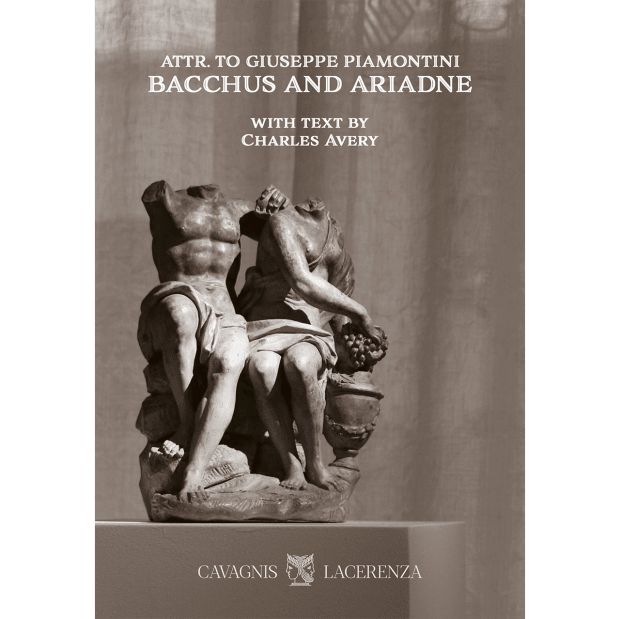
Building on the exploration of art’s relationship with its surroundings in our
previous volumes, Habitat III invites you into the luminous and colorful world of a
17th-century Dutch historical house.
Here, the light dances through expansive windows, illuminating the vibrant hues
and intricate details that define each room’s unique character. This enchanting
setting breathes life into our collection, creating a dialogue that resonates with both
the architecture and the artworks it houses.
In this publication, we celebrate the harmony achieved when art objects find
their place in a space rich with history and warmth. Each room tells its own
story, from the bold, rich colours of the living area to the playful blue tiles of the
kitchen, allowing our artworks to engage with their surroundings in a profoundly
meaningful way.
The eclectic mix of textures, from richly woven fabrics to polished wood,
complements the diverse materials of our collection, including intricate marble
carvings, delicate terracottas, and finely crafted metalworks from Classic Greece
and the Roman Empire to the 19th Century.
We are thrilled to share this exploration of a Dutch historical habitat, where art
and architecture converse in a celebration of light, color, and warmth. We invite
you to step into this harmonious environment and discover the profound interplay
between our collection and this beautifully preserved abode.
DOWLOAD PDF CATALOGUE EXPLORE VIEWING ROOM

“The present collection of ancient sculptures and works of art explores the idea and value of “fragments” through the centuries, revolving around the consideration of fragment as a whole, a complete artwork of exceptional skill and quality, but at the same time as a testimony to a magnificent past.
The featured sculptures share the common characteristic that, for various reasons, they have not reached us in a complete state. The artworks delve into themes such as conservation, ancient restorations, and illustrious origins. They are self-sufficient, with their exceptional quality, and also tell a story of cultural reconstruction.
The taste for collecting fragments and the aesthetics of incompleteness are relatively modern concepts. During the Renaissance, it was almost resented that sculptures were somehow fragmented, and both sculptors and restorers rarely hesitated to compensate for what was missing. A few centuries later, starting from the early Romantic period, an enchantment and fascination for the ruins of the ancient classical world emerged, and the general taste began to exalt the beauty of the fragment, accentuated by the patina of time, allowing reflections on the transience of life. Through the twentieth and twenty- first centuries, things have changed even more exponentially, and the taste for fragments has further increased. For the modern individual, fragments are fascinating perhaps because we are accustomed to a fractured and rapid view, close-up details: an eye, a nose, a mouth captured with a wide angle, emphasized, enlarged, a head glimpsed in the rearview mirror.
The idea of the “fragment” becomes an inspiration to present a collection of sculptures where the themes of memory and cyclicality merge, revolving around the reference to antiquity and classicism. The sculptures thus become an opportunity to establish a dialogue between their present and their past, where illustrious stories of origin merge with identity and preservation. The intrinsic identity of each artwork has evolved over the centuries, and these works offer the opportunity to engage in a profoundconversation about history, aesthetics, origin, and artistic mastery.


Our current catalogue shines a spotlight on the fascinating early 18th century terracotta sculpture of Bacchus and Ariadne attributed to the Florentine sculptor Giuseppe Piamontini. In this booklet, renowned art historian Charles Avery discusses this sculpture in great detail and compares it to similar pieces which can be found in museum collections.
This terracotta sculpture is thought to be a preparatory piece for a bronze version of the same subject by Piamontini, which is part of the permanent collection of the J. Paul Getty Museum.
Click the link below to discover this publication in its entirety.

For our new catalogue we have decided to explore the habitats in which art objects find their homes. We believe that the curation of ancient sculptures and works of art within domestic interiors plays a vital role in activating the object and its space, sparking a fascinating dialogue between the two.
The relationship between art and space is one of intrinsic reciprocity. As Germano Celant wrote: "Art creates a space, to the same extent that the environment creates art". Art has the power to animate a space, while a space endows art with new meaning. This relationship has many expressions: the curation of objects within a given context can create a sense of harmony but can also draw out striking contrasts and juxtapositions. A conversation is fostered - the objects sing to their surroundings, which in turn echo back to the artworks.
Entitled ‘Preludio’, our first catalogue offers a prelude to our approach and expertise: presenting artworks of an exceptional calibre, supported by extensive provenance research and a special attention to detail.
For this collection we have drawn together a trove of exquisite smaller scale works, each unique in their quality and outstanding workmanship. The artworks, though small in stature, more than make up for it in their beauty. The selection includes rare treasures from antiquity, complimented by fine examples from the Renaissance.
Sculpture is the most tactile of all the media, and these little works are delightfully tempting. They range in size, with some of the pieces in this selection small enough to fit in the palm of a hand. The intimate scale of the artworks rewards close examination – each displays beautiful, minutely crafted details.

This website uses cookies
This site uses cookies to help make it more useful to you. Please contact us to find out more about our Cookie Policy.